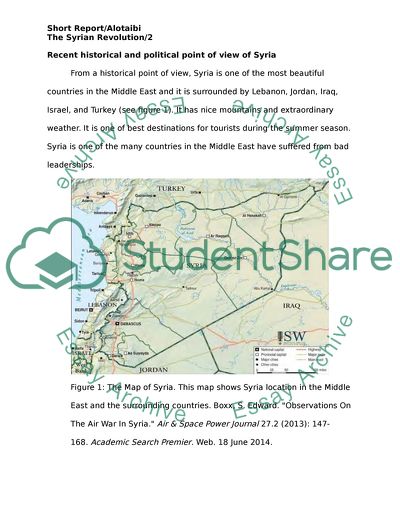Cite this document
(The Syrian Revolution and the Arming of the Rebels Research Paper, n.d.)
The Syrian Revolution and the Arming of the Rebels Research Paper. https://studentshare.org/social-science/1833207-the-syrian-revolution-and-the-arming-of-the-rebels
The Syrian Revolution and the Arming of the Rebels Research Paper. https://studentshare.org/social-science/1833207-the-syrian-revolution-and-the-arming-of-the-rebels
(The Syrian Revolution and the Arming of the Rebels Research Paper)
The Syrian Revolution and the Arming of the Rebels Research Paper. https://studentshare.org/social-science/1833207-the-syrian-revolution-and-the-arming-of-the-rebels.
The Syrian Revolution and the Arming of the Rebels Research Paper. https://studentshare.org/social-science/1833207-the-syrian-revolution-and-the-arming-of-the-rebels.
“The Syrian Revolution and the Arming of the Rebels Research Paper”. https://studentshare.org/social-science/1833207-the-syrian-revolution-and-the-arming-of-the-rebels.


